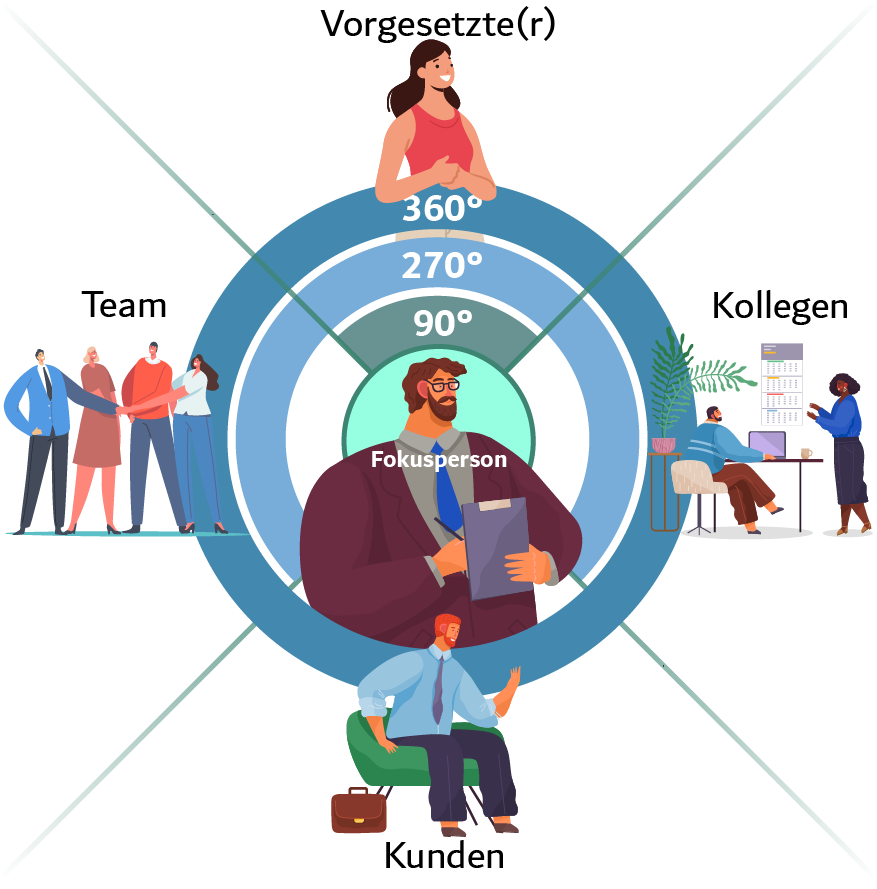Questions and statements from an EUCUSA survey are divided into so-called dimensions and aspects.
Dimensions refer to larger subject areas or “headings.” In employee surveys, these usually include working conditions, professional development, remuneration, cooperation, management culture, information and communication, process and goal orientation, corporate image and other company-relevant topics.
Aspects relate to specific questions or statements that are formulated in an appropriate linguistic, cultural, country-specific and organizational way. Aspects are formulated positively at EUCUSA and are assessed on a 6-point scale (level of approval).
Indices summarize the aspects of a questionnaire in order to quantitatively determine meaningful key performance indicators (KPIs). Typical indices include leadership, engagement, values, innovation.
Using our methodology, we work with you to develop an individual questionnaire that is precisely tailored to your business goals – because ready-made questionnaires and standard indices are usually not well suited for a meaningful strategic survey.
Standardised solutions often fall short in order to meaningfully measure the current state of the company or to generate strategy-relevant recommendations from the results. That is why EUCUSA always tailors questionnaires individually to your goals.

.webp)












